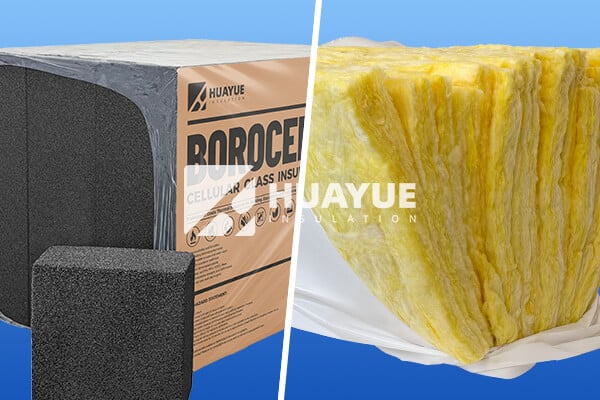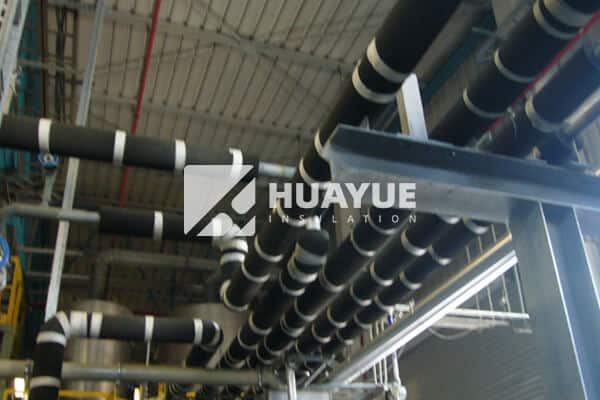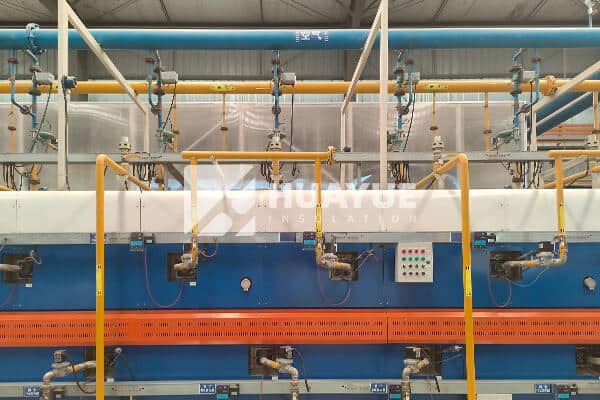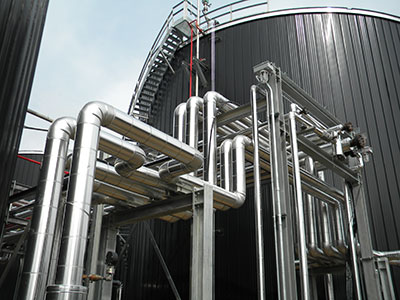Cellular glass and fiberglass are often confused by many, but they are not the same—and mixing them up can cause costly mistakes in industrial insulation projects.
Cellular glass and fiberglass are different insulation materials. Cellular glass is made from glass and is entirely closed-cell, making it waterproof and non-combustible. Fiberglass is made from spun glass fibers and has a more open structure, which makes it less moisture-resistant.

Understanding these differences is important. It is something I pay very close attention to when advising customers such as Hans Müller, who manage critical tank environments. The right selection between cellular glass and fiberglass not only affects safety but also impacts long-term maintenance and regulatory compliance. Let’s break down these differences and why they matter so much.
What is the difference between fiberglass and cellular glass insulation?
Choosing the wrong insulation material can lead to higher costs over a tank’s lifetime. The performance difference between fiberglass and cellular glass goes far beyond the surface.
Fiberglass insulation is made by spinning glass into thin, soft fibers that are then formed into blankets or batts. It is lightweight and widely used in commercial and residential construction. However, fiberglass is not waterproof and can absorb moisture over time. This absorption can lead to corrosion under insulation (CUI), a major concern for tank engineers like Hans Müller.
Cellular glass insulation, on the other hand, is produced by combining crushed glass with a foaming agent and heating it in a furnace. This process creates a completely closed-cell structure, which means it cannot absorb water. It’s also non-combustible, cannot rot, and does not support mold growth. For critical applications such as cryogenic tanks or chemical storage, cellular glass offers unique peace of mind. It’s much more resistant to harsh chemicals, extreme temperatures, and physical stress than fiberglass. In my experience, when safety and long-term reliability are non-negotiable, cellular glass outperforms fiberglass every time.
Benefits of Cellular Glass Insulation?
Insulation failures are expensive, especially in industrial environments. That’s why I focus on which material delivers more value over decades.
Cellular glass insulation is waterproof, non-flammable, and extremely strong, making it the first choice for harsh, demanding environments.

Cellular glass insulation brings a wide range of benefits that make it perfect for tanks and industrial systems. Its closed-cell structure means it will not absorb water, so it prevents corrosion under insulation—a problem that can cause millions in damages. This is critical for chemical and cryogenic tanks where any moisture can be devastating.
Cellular glass strikes the right balance between weight and strength. It does not compress over time, so it maintains its insulation value for decades without sagging or settling. Cellular glass is non-combustible, which removes fire hazards from the equation. This is a top concern for safety teams and insurance departments.
For engineers and maintenance teams, cellular glass means less frequent inspection and lower long-term costs. I have personally seen facilities where switching to cellular glass was a game-changer, reducing unexpected shutdowns and expensive repairs. It is also sustainable—made from recycled glass, and when its long service life is done, it’s fully recyclable again.
How is Cellular Glass Insulation Produced?
Production methods can determine the long-term performance of an insulation product. Understanding the process helps make better decisions for critical projects.
Cellular glass insulation is produced by blending crushed glass with a carbon-based foaming agent. The mixture is then heated to very high temperatures in a kiln.

As the mixture heats up, the foaming agent releases gas, creating millions of tiny, closed bubbles throughout the material. This structure is what gives cellular glass its trademark resistance to water, fire, and chemicals. The slabs are then cooled and cut to size for specific applications. I have walked through our production lines many times and watched this remarkable transformation from recycled raw materials to finished, rugged insulation blocks. The attention to quality control at every stage—especially during foaming and annealing—ensures each batch meets tough international standards. Knowing exactly how cellular glass is made gives me confidence when I recommend it for Hans Müller’s toughest industrial challenges.
Cellular Glass vs. Foam Glass?
Many people wonder if cellular glass and foam glass are different products. In fact, they are two names for the same special insulation material.
Cellular glass and foam glass refer to the same type of closed-cell glass insulation used in industrial and building applications.
When engineers and suppliers talk about cellular glass or foam glass, they mean the same thing. The terms are used interchangeably around the world. They both refer to glass insulation that is foamed during production to create a cellular structure. This is important to remember for sourcing and technical documentation. If you see “cellular glass” or “foam glass” specified in a project, you can trust you are getting the same waterproof, fire-resistant, and chemical-resistant material.
Conclusion
Cellular glass and fiberglass are different in structure, performance, and applications. Cellular glass stands out for industrial use, especially for tanks, because of its durability, water resistance, and safety benefits.

